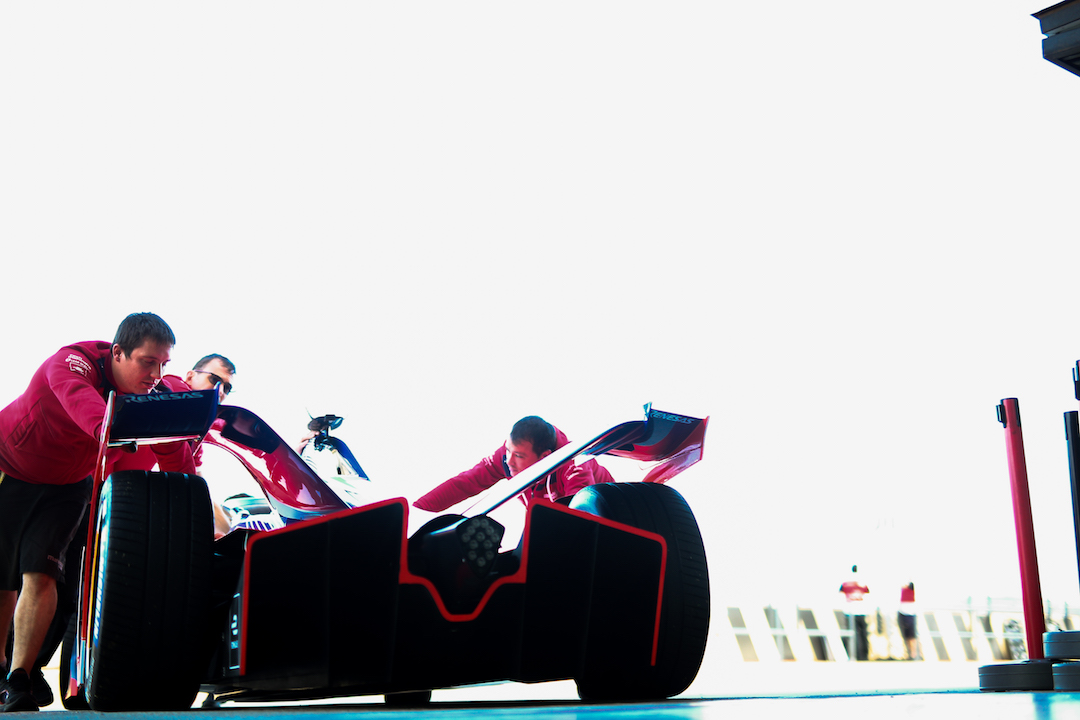"When it comes to environmental issues Formula 1 is not exactly ‘on message.’ A Grand Prix car is a high-revving, incredibly noisy projectile and its sole purpose is to go quickly. Not, as yet, to go quickly economically. It’s a "

The Future: Formula 1
There were seismic changes to Formula 1 in 2009.
Bickering over the sport’s financial arrangements and governance led to FOTA (the Formula One Teams Association) announcing a breakaway championship at the British GP at Silverstone in June, then back-tracking once it became evident that Max Mosley’s reign as FISA/FIA president was truly over and that he would not stand for re-election in October’s election.
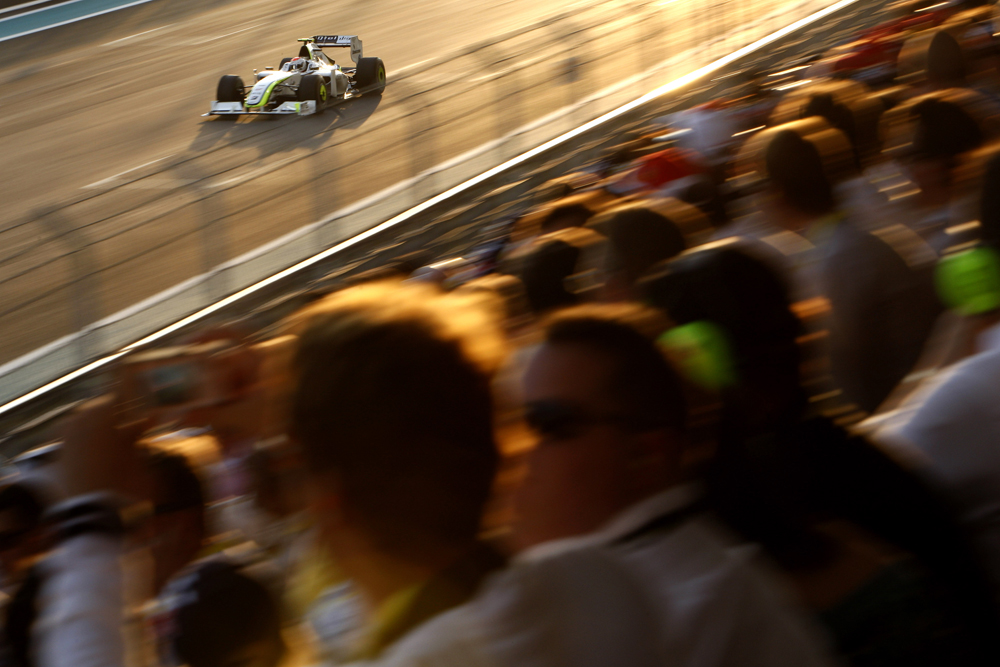
Despite the FOTA U-turn the fact is that in the last 12 months Formula 1 has witnessed the withdrawal of manufacturer entries from Honda, BMW and Toyota. And, at the time of writing, Renault is considering bids for its Enstone-based operation that was taken over from Benetton at the start of the decade.
Whether the desertions are purely the result of a catastrophic economic situation for the motor industry or more deeply entrenched dissatisfaction over the sport’s governance, is a moot point. Mosley certainly believed that Formula 1 was unviable in the current climate if it basically amounted to a spending contest.
Max argued that manufacturers have always used F1 for their own promotional purposes while it suited, but always follow their own agendas. To safeguard the sport, he said, it needed to be viable for commercially-funded private entrants. Events of the past few months seem to have vindicated his assessment. We have returned to a position of multiple private entrant ‘purist’ racing teams, plus Ferrari and Mercedes.
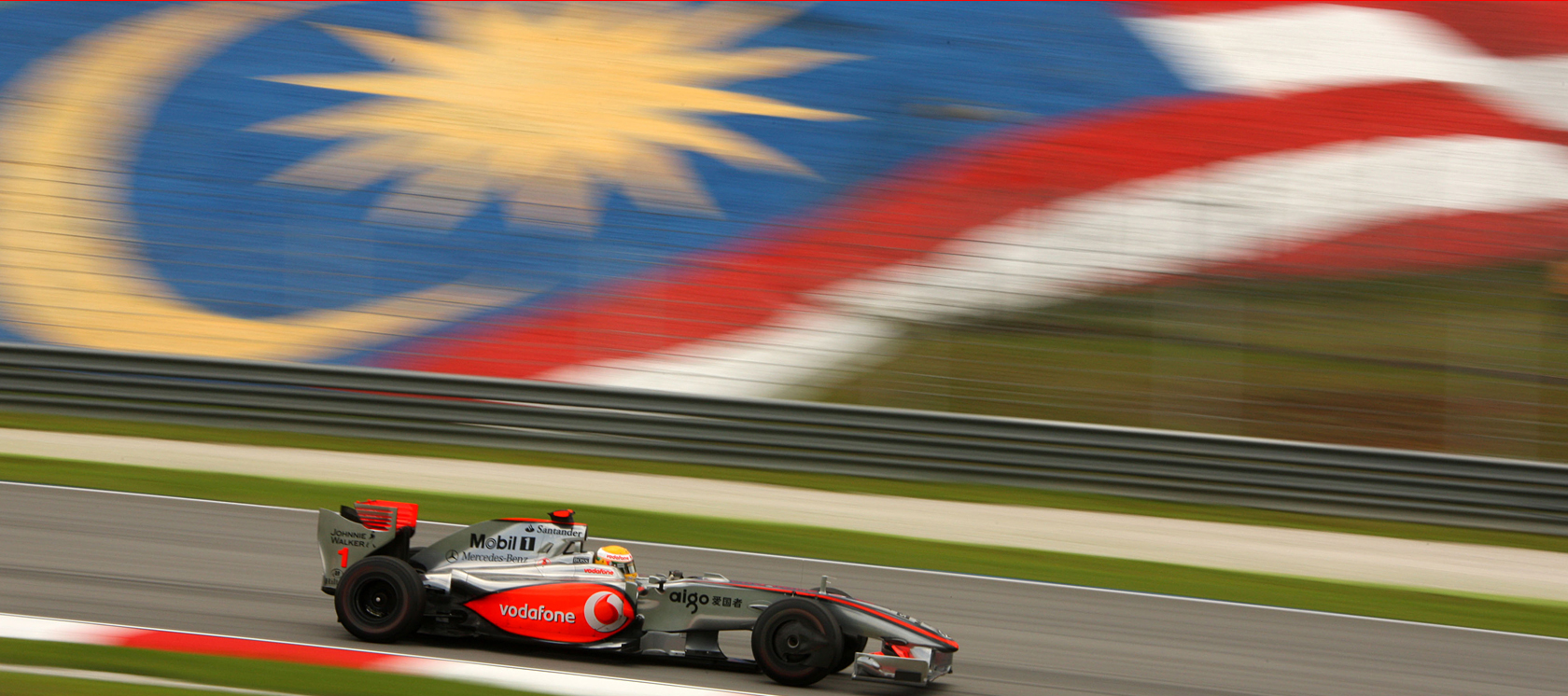
Back in the seventies, eighties and early nineties, that was basically the sport’s composition. Largely British private teams such as Lotus, Tyrrell, Brabham, McLaren and then Williams dominated with off-the-shelf Cosworth engines. Opposition came from Ferrari, Alfa Romeo and Matra, then came Renault, BMW, TAG-Porsche and Honda as the turbo era dawned.
As Bernie Ecclestone’s vision developed Formula 1 into a world class global sport with unsurpassed reach – the Olympics and the soccer World Cup generate bigger audiences but only once every four years – it became an irresistible promotional platform for the world’s motor manufacturers. Mercedes, BMW, Jaguar, Ferrari, Honda, Toyota, Renault were all there at the same time – unprecedented for the sport.
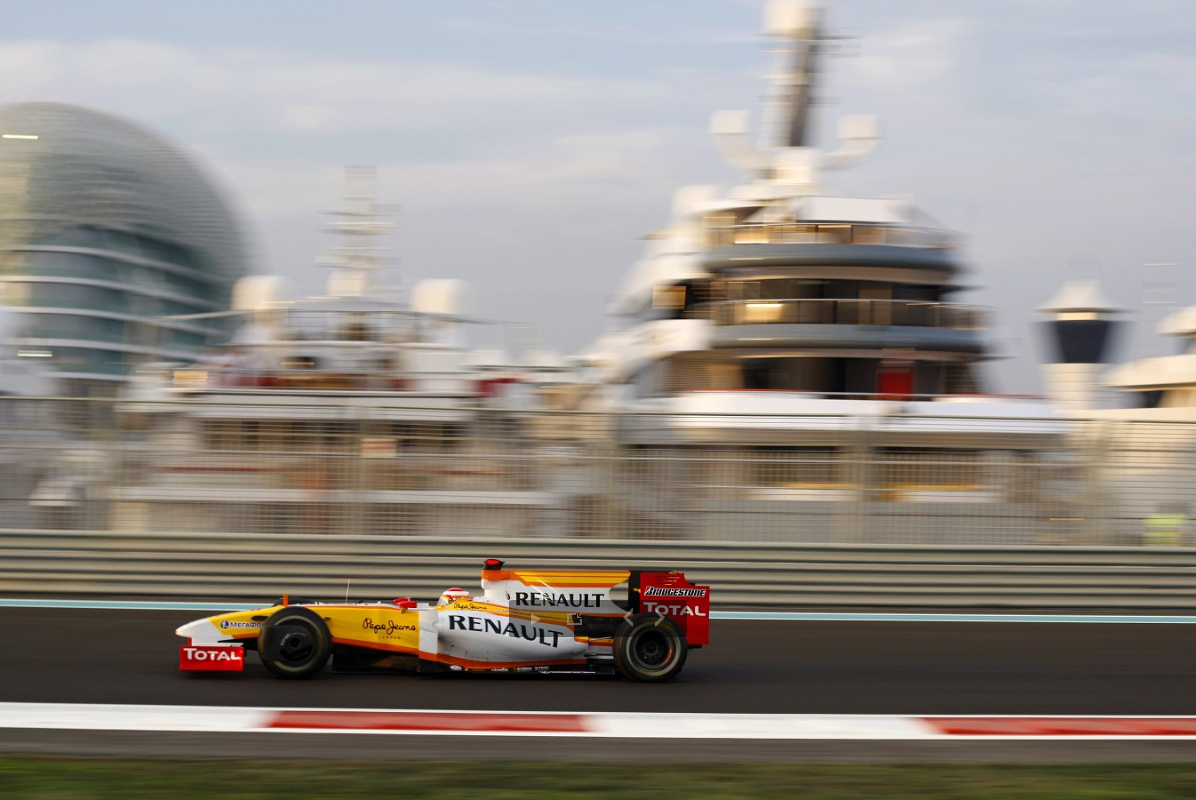
For some, participation was enough to increase brand awareness but, for others, winning was essential. And they couldn’t all win. Team staffing levels approached four figures and budgets went through the roof. Collectively, the manufacturers were spending a billion dollars a year on engine development alone. Mosley, a man who witnessed the off-the-shelf Cosworth era first hand with his March company, thought it was both bonkers and unsustainable.
Suddenly the independents, including top class outfits like Williams, were struggling to be viable businesses without major manufacturer backing. And, whereas Max and Bernie had been able to control the privateers, often by divide and rule tactics, the presence of heavily backed corporate players threatened to take the sport out of their control. Politics started to dominate sport.
On the plus side, interest grew and competition became closer than ever. In 2009 we enjoyed entire grids covered by little more than one second — unthinkable just a decade ago.
On paper, all the factors that made F1 so attractive to the manufacturers still remain, albeit that as things stand you can’t go out and beat six or seven of your major rivals. The interesting time will come when the economy turns. We will see how many return. The regulatory path followed by new FIA president Jean Todt will also be influential, along with his success or failure in implementing a planned glide path of reduced expenditure aimed at reaching early nineties levels. Many have serious doubts about the viability of such a target.
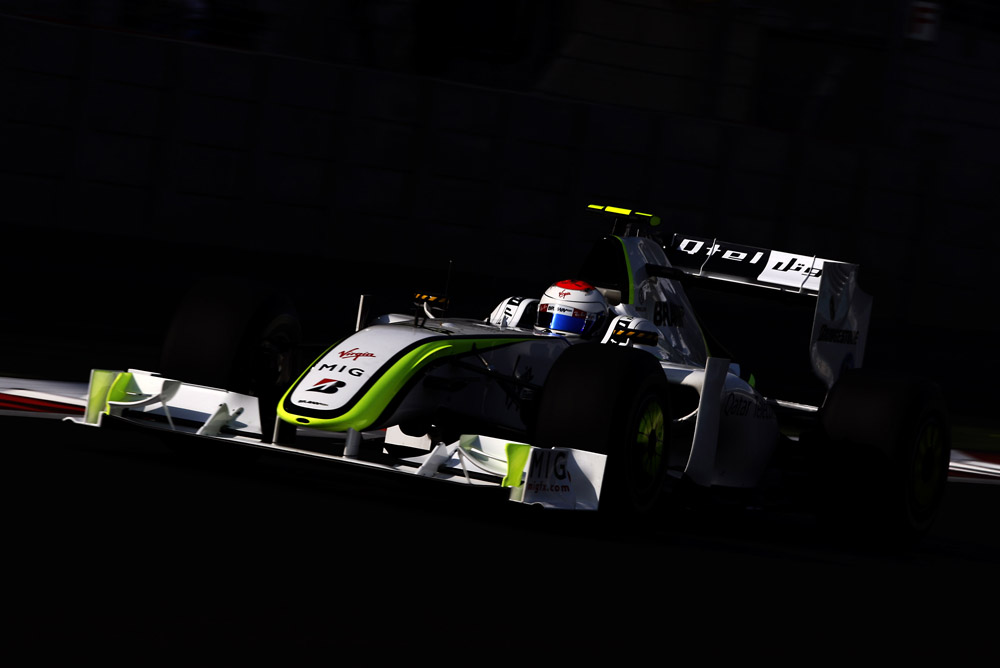
The immediate future gives rise to some mouth-watering match-ups on track. None is quite so compelling as the prospect of Britain’s back-to-back champions, Lewis Hamilton and Jenson Button, lining up as team mates in identical McLarens.
Button’s talks with McLaren were initially viewed as expedient for both parties – McLaren was surely turning the screw on Kimi Raikkonen’s negotiating team and Button was trying to eke out a bigger pay day from Brawn and Mercedes. Nobody quite believed it when the deal went through.
Some suspect that Button, with the pressure finally off, took temporary leave of his senses. To head into a McLaren environment where Lewis has been king for three years and take him on – is a big ask. Fernando Alonso couldn’t do it when Lewis was a rookie never mind a world champion.
While it’s fair to say that many don’t rate Jenson’s chances too highly, it’s not as simple as all that. Button started ’09 with an undoubted car advantage due to Brawn’s double diffuser and long development lead time. By the end of the season the team had been caught and arguably overtaken. McLaren initially didn’t cope with the new aero regulations but once it solved its problems became a potent force.
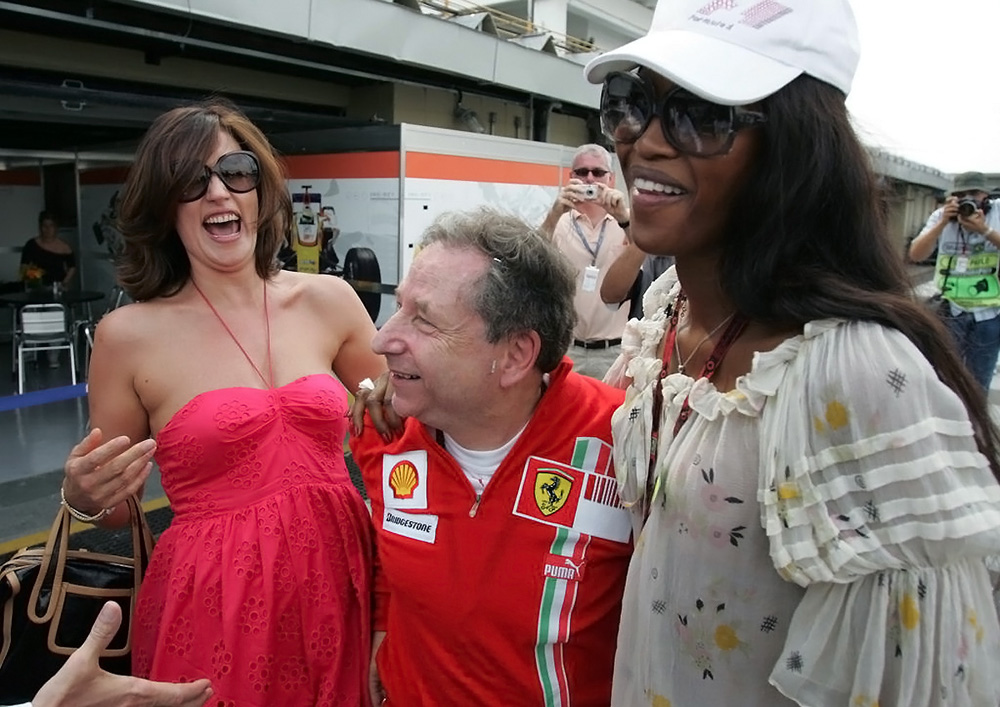
Next year with refuelling banned, it will become vitally important to look after your tyres, the rears particularly, over a race distance. That may play right into the hands of Button’s super-smooth style which is likely to take less out of the rubber that Hamilton’s more flamboyant oversteer-pronounced technique. On the other side of the coin, the change in handling characteristics over a race distance is more likely to favour the more adaptable driver, which is likely to be Hamilton. It will be fascinating to see how it pans out, not to mention whether or not McLaren can keep a lid on the potential tensions of two star drivers again – something it patently failed to do with Senna/Prost and Alonso/Hamilton.
The other great plus is that the future of the British Grand Prix seems assured after Bernie Ecclestone signed a recent 17-year deal with Silverstone following the collapse of Donington’s ambitious plan – another victim of the economic situation.
With potential EU competition issues clouding F1 rights ownership issues at the start of the decade, it was no surprise that F1’s new super-venues: Sepang, Shanghai, Istanbul, Bahrain, Abu Dhabi and, next year, South Korea, were all outside Europe. Now though, with those issues apparently resolved by the FIA divesting itself of the commercial rights, we’ve had Valencia and the new deal for Silverstone. That at least, is a blessing. While the new locations are spectacular – witness Yas Marina in particular – they must always be balanced with F1’s traditional core events.
CLICK TO ENLARGE




